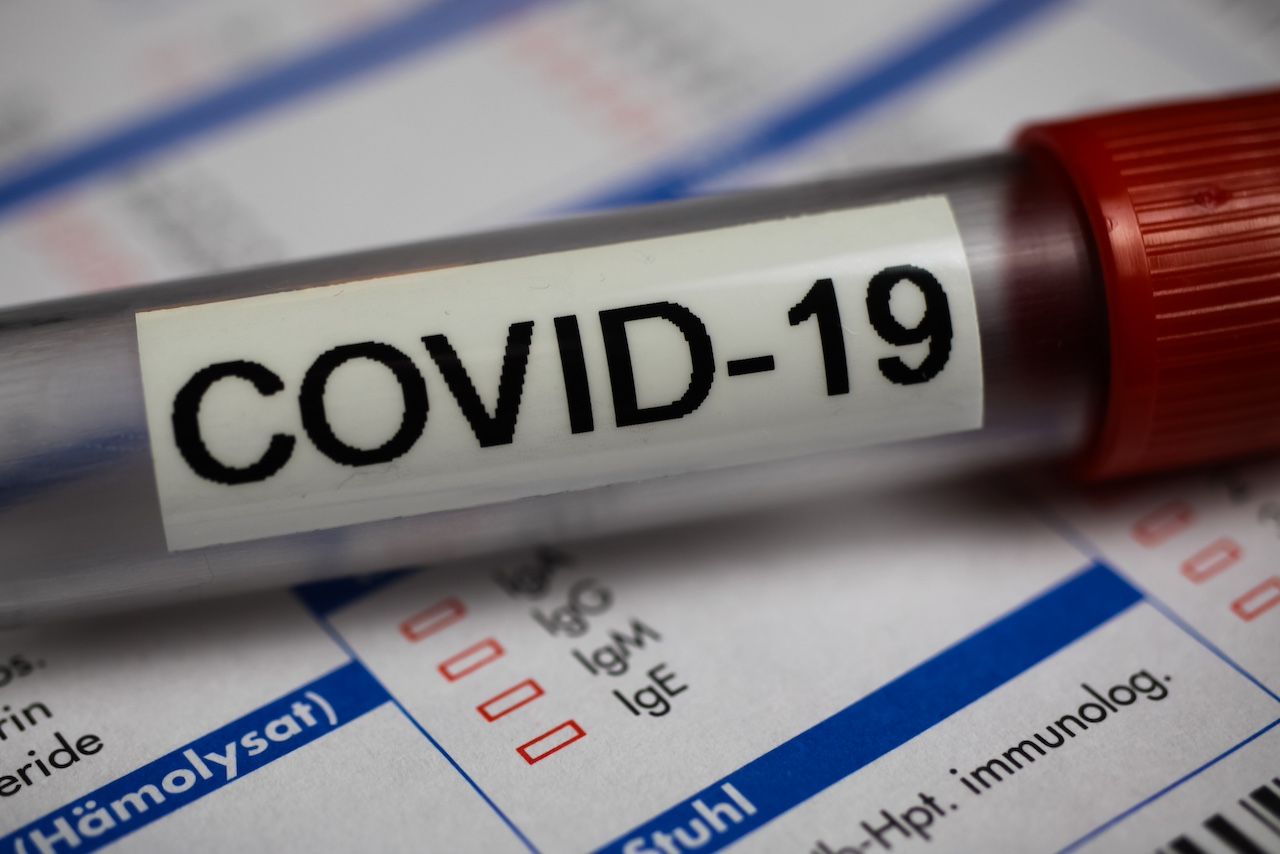- Center on Health Equity & Access
- Clinical
- Health Care Cost
- Health Care Delivery
- Insurance
- Policy
- Technology
- Value-Based Care
IVIG Shows Promise in Protecting Older Patients With Lymphoma From COVID-19
Prophylactic intravenous immunoglobulin reduces COVID-19 infection rates in older patients with DLBCL with hypogammaglobulinemia undergoing reduced-intensity R-CHOP therapy.
Study findings published in Frontiers in Oncology reveal that prophylactic intravenous immunoglobulin (IVIG) significantly reduces COVID-19 infection rates among older patients with diffuse large B-cell lymphoma (DLBCL) and hypogammaglobulinemia undergoing reduced-intensity R-CHOP (rituximab, cyclophosphamide, hydroxydaunorubicin [Oncovin], prednisone) therapy.1
The study, conducted between June 2021 and June 2023, focused on newly diagnosed older patients (mean age, 77 years; 56% male) undergoing reduced-intensity R-CHOP treatment. Patients who received IVIG showed a lower infection rate compared with non-IVIG recipients.
The introduction of the COVID-19 vaccine was ongoing during the patient enrollment period. | Image Credit: © Ralf - stock.adobe.com

A total of 125 patients were enrolled in the study, which was a prospective, multicenter study conducted between June 2021 and June 2023. Patients were divided into 3 groups: hypogammaglobulinemia with IVIG, hypogammaglobulinemia without IVIG, and normal immunoglobulin levels. Patients with hypogammaglobulinemia (n = 89; 71.2%) were given the option to participate in the hypogammaglobulinemia treatment group. Of the 89 patients with hypogammaglobulinemia, 56 chose to enroll in the IVIG treatment group. All enrolled patients received 6 cycles of reduced-intensity R-CHOP therapy administered every 3 weeks.
Among patients with hypogammaglobulinemia who received IVIG, the COVID-19 infection rate was 8.9% compared with 24.2% in those who did not receive IVIG (P = .040). The COVID-19 infection rate in patients with normal immunoglobulin levels was 22.2%. Additional immunoglobulinemia deficiencies developed in more than half of the patients, irrespective of their immunoglobulin levels at diagnosis. Patients who developed additional deficiencies in 1 or more immunoglobulin classes during chemotherapy were identified in 40.5% of patients in the IVIG group, 72% in the non-IVIG group, and 61.3% of patients in the normal immunoglobulin group. IgG and IgM were the main classes of immunoglobulinemia deficiencies identified in all groups.
Patients who received IVIG also reported lower rates of severe infection (5.4%) than both the non-IVIG hypogammaglobulinemia group (25%) and patients with normal hypogammaglobulinemia (13.9%). Severe infection was defined as requiring hospitalization and receiving intravenous antibiotic treatment.
Safety assessments were conducted at each patient visit. IVIG was well tolerated with symptoms such as fever, chills, nausea, and vomiting that were easily managed. One patient discontinued the study due to chest pain during IVIG.
The clinical course of COVID-19 is notably severe among patients with DLBCL.2 The introduction of the COVID-19 vaccine was ongoing during the patient enrollment period.1 Therefore, the preventive effect of the SARS-CoV-2 vaccination in patients with DLBCL or the advantages or disadvantages of IVIG alongside vaccination could not be assessed.
Among patients in the IVIG group, 54.5% were not vaccinated, while 54.5% in the non-IVIG group and 58.3% in the normal immunoglobulin group did not receive the COVID-19 vaccination. One vaccination was received by 28.6% of the IVIG group, 24.2% of the non-IVIG group, and 25% of the normal immunoglobulin group. Two vaccinations were received by 16.1% of the IVIG group, 21.2% of the non-IVIG group, and 16.7% of the normal immunoglobulin group.
“Given the susceptibility of patients with malignant lymphoma receiving B cell–depleting therapy to COVID-19 and their higher mortality rates, a comprehensive randomized controlled study with appropriate IVIG dosing and administration schedules is warranted to further define IVIG’s role in preventing COVID-19 infections,” the study authors concluded.
References
1. Baek DW, Song GY, Lee HS, et al. Clinical efficacy of prophylactic intravenous immunoglobulin for elderly DLBCL patients with hypogammaglobulinemia in the COVID-19 pandemic era. Front Oncol. 2024;14:1380492. doi:10.3389/fonc.2024.1380492
2. Regalado-Artamendi I, Jiménez-Ubieto A, Hernández-Rivas JA, et al. Risk factors and mortality of COVID-19 in patients with lymphoma: a multicenter study. Hemasphere. 2021;5:e538. doi:10.1097/HS9.0000000000000538.
